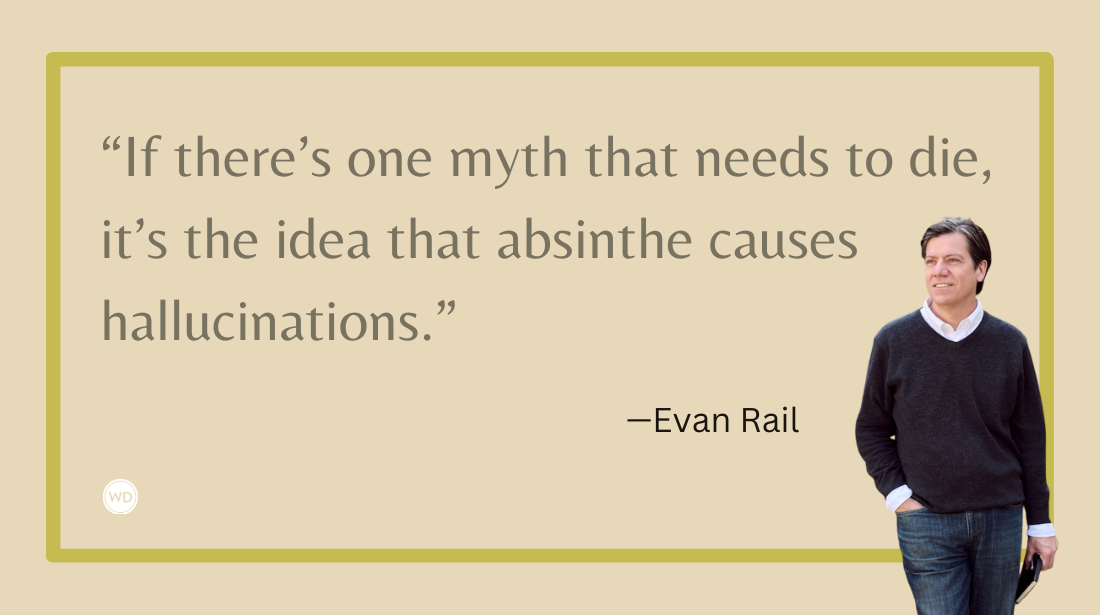
That legend arose during a moral panic in France at the end of the 19th century, when absinthe’s swelling popularity led to badly made rotgut versions sold to the unsuspecting poor, and when overconsumption of all types of alcohol in the country swelled to epidemic proportions. Once diluted, however, both the verte and bleue versions of the drink are mostly milky-white in color, due to the louche effect formed by the emulsion of water and essential oils from anise and other herbs in the drink. Today, 20 years after the drink was re-legalized in Switzerland, the Val-de-Travers is home to the largest concentration of artisanal absinthe producers in the world, as well as absinthe festivals and an excellent museum of absinthe history.
Author: Evan Rail
Published at: 2025-09-21 23:00:00
Still want to read the full version? Full article